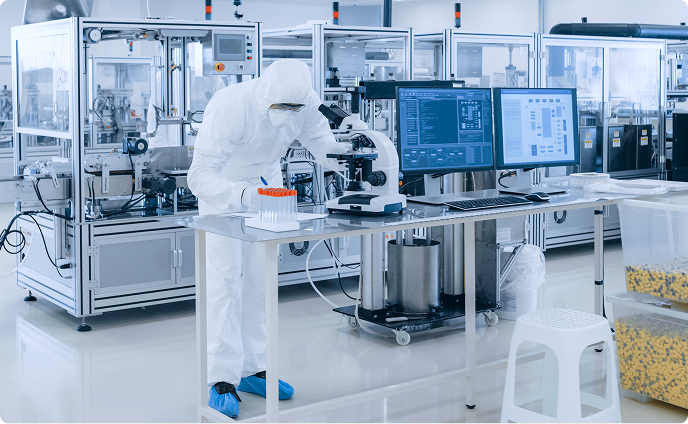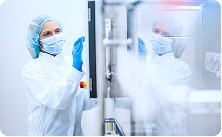Cleanroom standards have evolved significantly over the decades to adapt to technological advancements and new regulatory requirements. These changes impact not only how cleanrooms are designed and maintained but also how industries comply with increasingly stringent quality controls. This blog post examines the historical evolution of these standards and explores their implications for critical sectors like pharmaceuticals, biotechnology, and electronics.
The Historical Perspective of Cleanroom Standards
- Early Standards and Their Limitations: Initial cleanroom standards focused primarily on particle size and concentration, with the famous Federal Standard 209E being one of the first to classify cleanrooms based on the number of particles per cubic foot.
- Transition to International Standards: The shift from Federal Standard 209E to ISO 14644-1 marked a significant evolution, introducing more comprehensive classifications that included cleaner environments and added parameters like microbial contamination for certain classes.
Current Standards and Their Industry Impact
- ISO Revisions and Enhancements: Recent updates to ISO 14644-1 and -2 have introduced stricter monitoring requirements and more detailed testing frequencies, reflecting increased understanding of contamination risks and control methods.
- Sector-Specific Standards: Different industries have developed tailored standards that address unique challenges. For example, the pharmaceutical industry follows GMP guidelines, which integrate cleanroom standards with broader quality management systems.
Technological Advancements Driving Standard Changes
- Innovations in Filtration and HVAC Technologies: As filtration and air-handling technologies advance, standards evolve to incorporate these capabilities, enabling finer control over environmental conditions.
- Automation and Real-Time Monitoring: Developments in sensors and control systems enable real-time environmental monitoring and automated adjustments, pushing standards toward more dynamic management of cleanroom conditions.
Implications for Compliance and Operational Efficiency
- Reduced Risk of Contamination: Stricter standards lead to better-controlled environments, reducing the risk of contamination and the associated costs of product recalls or regulatory penalties.
- Increased Operational Costs: While achieving higher standards ensures safety and quality, they often come at a higher cost due to the need for advanced technology and more frequent validations.
- Need for Continuous Training and Adaptation: Compliance with evolving standards requires ongoing staff training and operational adjustments, necessitating a culture of continuous improvement within organizations.
Future Trends and Predictions
- Integration with Industry 4.0: As industries move towards more integrated digital operations, cleanroom standards will likely evolve to incorporate IoT, big data, and AI technologies, leading to smarter, more responsive clean environments.
- Global Harmonization of Standards: There is a growing trend toward harmonizing international standards, which could simplify compliance for global operations but also require adjustments to existing protocols.
The evolution of cleanroom standards is a testament to the dynamic nature of technological and regulatory landscapes. By staying informed and adaptable, industries can navigate these changes effectively, ensuring that their cleanroom facilities not only meet current standards but are prepared for future developments. Vibraclean remains committed to leading the charge in adapting to these standards, providing expert guidance and innovative solutions that help industries maintain compliance and operational excellence. Contact us for more information.

















